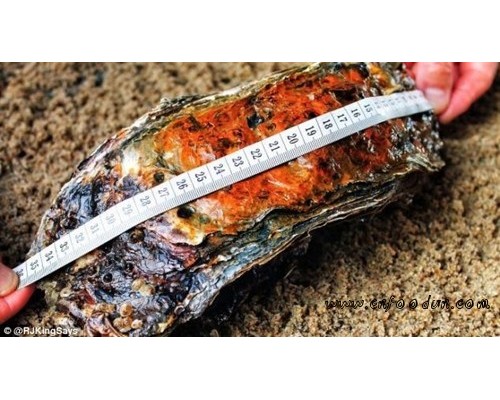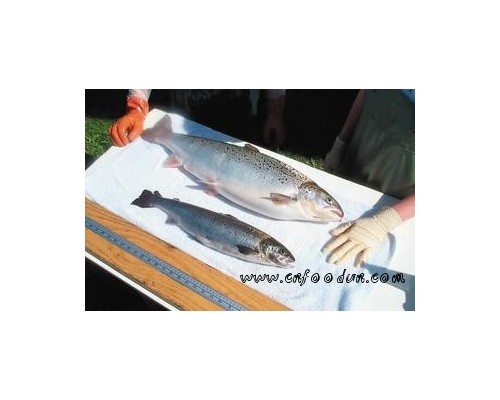原文报道:Previous EFSA exposure assessments of selenium have been based on limited data and a more detailed assessment was considered important. As part of the EXPOCHI project, long-term dietary exposure to selenium in young children living in 12 different European countries was assessed. National or regional inpidual food consumption data from 14 different food consumption databases were used together with selenium concentration data in food collected in eight Member States. Food consumption data were all categorised according to a harmonised system to allow for linkage with selenium concentration data in a standardised way. Two approaches were used to calculate long-term exposure to selenium: the observed inpidual means (OIM) and the beta-binomial normal (BBN) approach. The results showed differences in exposure between countries based on food consumption patterns and decreased exposure with increased age. Young children in the upper bound scenario commonly exceeded the tolerable upper intake level of 5 µg/kg bw per day. However, current results should be interpreted with caution since they do not necessarily represent the actual selenium exposure in the respective country. To improve reliability, consumption and occurrence results should be linked at more detailed levels, local variations in selenium concentrations explored and handling of long-term exposure calculations refined for all types of data distributions.
This external report is not produced by EFSA. It is published here to help keep the public informed of developments related to EFSA's scientific work. EFSA reserves its rights, view and position as regards the issues addressed and conclusions reached in the present document, without prejudice to the rights of the authors.
详情见:http://www.efsa.europa.eu/en/scdocs/scdoc/56e.htm







